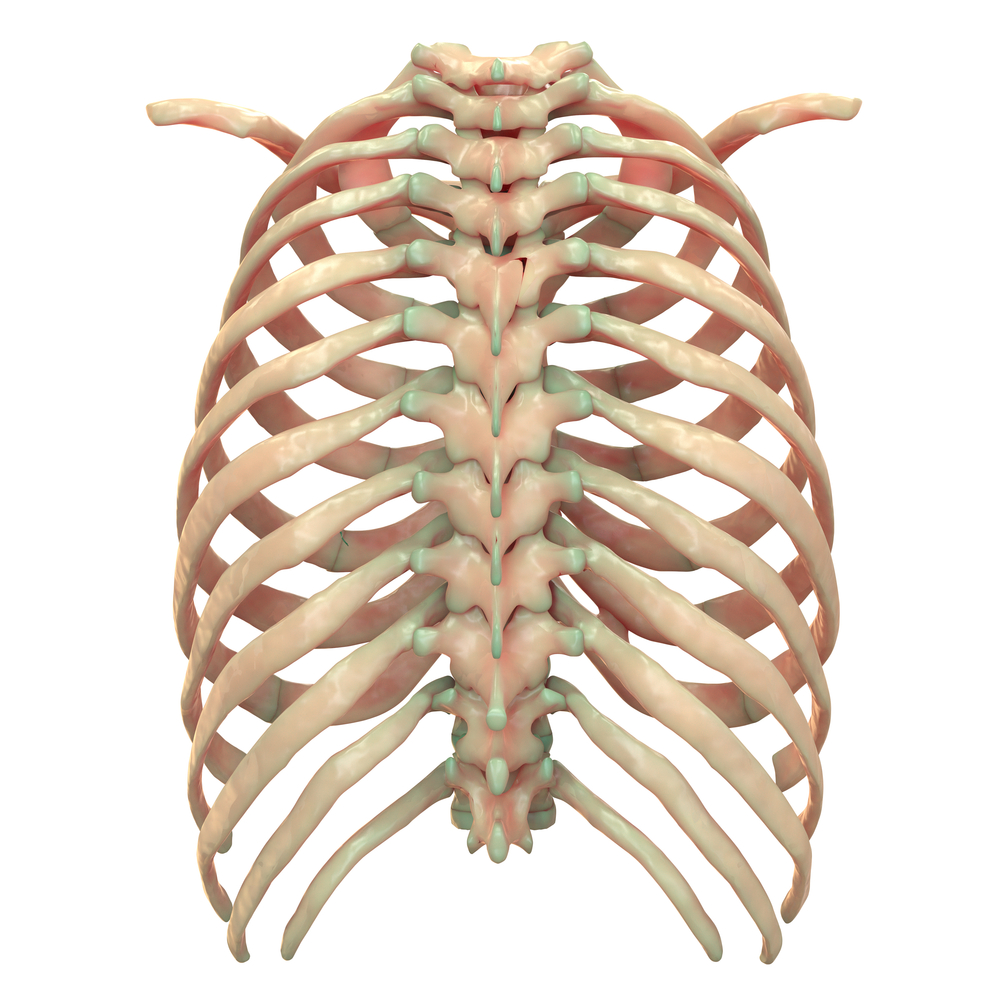Costovertebral joint sprain refers to an injury to the joint(s) that connect the ribs to the spine in the thoracic region of the body. These joints, known as the costovertebral joints, are responsible for allowing the rib cage to move and expand during breathing. When these joints become sprained, they can cause pain, stiffness, and limited movement in the thoracic region.
Costovertebral joint sprain injuries occur when too much load or movement is placed through one joint. This can occur with overuse or repetitive motions, trauma, over stretching or even when rolling awkwardly in bed.
Symptoms of costovertebral joint sprain generally include pain and tenderness in the thoracic region, particularly when breathing or moving the rib cage, as well as stiffness and limited range of motion.
Treatment for costovertebral joint sprain typically involves physiotherapy to reduce inflammation and improve flexibility and strength in the thoracic region. This may include exercises to:
(i) improve range of motion, such as chest stretches and rib mobilizations, and (ii) improve strength and stability in the muscles surrounding the costovertebral joints.
In more severe cases, medications such as nonsteroidal anti-inflammatory drugs (NSAIDs) may be required to manage pain and inflammation.
In addition to physiotherapy treatment options, there are several self-management strategies that help to reduce the symptoms of costovertebral joint sprain. These include:
Stretching exercises: Gentle stretching can help to improve flexibility and reduce stiffness in the thoracic region, particularly the chest and rib muscles.
Strengthening exercises: Strengthening exercises that target the chest, back and shoulder muscles, can help to improve the stability of the thoracic region and reduce the risk of future injuries.
Hot and cold therapy: Applying heat or cold to the affected area can help to reduce pain and inflammation.
Applying the 5 stages of rehab to costovertebral joint sprain.
Pain – Pain and symptom reduction is best achieved by reducing load and restoring movement to the costovertebral joint. This may mean treatment is focused on other tissues above or below the affected area to reduce pressure on the joint.
Range of motion – Stiffness in the costovertebral joint will result in reduced mobility and flexibility. Treating the underlying cause, reducing pressure around the joint, and joint mobilization will help improve mobility and regain full range of motion.
Motor control – Learning to control where movement occurs and how to stabilize the thoracic region under high loads will reduce pressure through the costovertebral joint.
Strength – Strengthening the muscles and movements of the thoracic spine will build capacity of the sternocostal joints to tolerate higher loads. It is important the motor control stage has been previously completed to ensure optimal movement patterns are engrained and strengthened, meaning appropriate load distribution is maintained.
Maintain – Overloading tissues surrounding the costovertebral joint will typically lead to a return of costovertebral joint sprain. Ensuring range of motion, motor control and strength gains are maintained will help prevent the return of symptoms associated with costovertebral joint sprain.
For more information on costovertebral joints please see https://www.physio-pedia.com/Costovertebral_Joints


